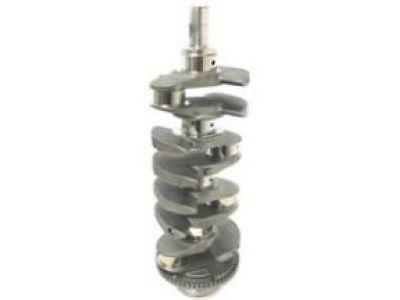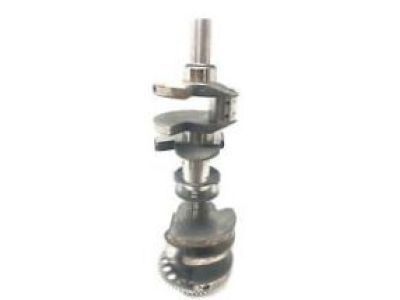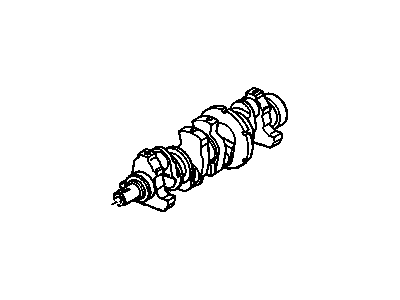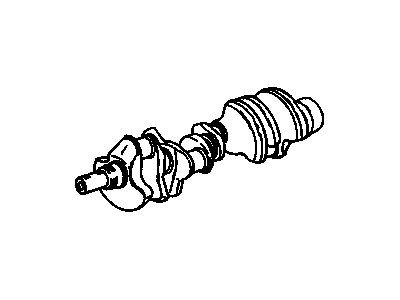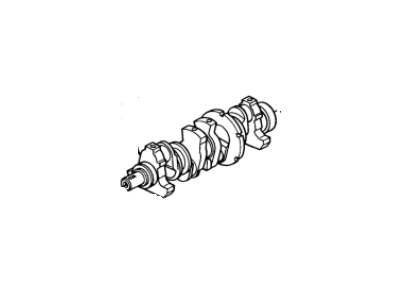
My Garage
My Account
Cart
Genuine Chevrolet Beretta Crankshaft
Crank Shaft- Select Vehicle by Model
- Select Vehicle by VIN
Select Vehicle by Model
orMake
Model
Year
Select Vehicle by VIN
For the most accurate results, select vehicle by your VIN (Vehicle Identification Number).
6 Crankshafts found
Chevrolet Beretta Crankshaft
Each OEM Chevrolet Beretta Crankshaft we offer is competitively priced and comes with the assurance of the manufacturer's warranty for the part. Furthermore, we guarantee the speedy delivery of your orders right to your doorstep. Our hassle-free return policy is also in place for your peace of mind.
Chevrolet Beretta Crankshaft Parts Questions & Experts Answers
- Q: How to inspect and repair a crankshaft on Chevrolet Beretta?A:Use a scraper, stone or file to eliminate all the burrs from the oil holes in the crankshaft; this is equally important; at the same time, chamfering them will remove any sharp edges that might damage new bearings. Examine the main and connecting rod bearing journals for uneven wear, scoring, pits, and cracks. To ascertain its condition, rub a penny across each journal several times-if copper rubs off it and adheres to the crankshaft, the journals require regrinding. If possible, use solvent to clean it before drying it up with clean compressed air. The rest of the crankshaft needs to be magnafluxed for hidden cracks-this should be done by an automotive machine shop. Use a micrometer to measure main and connecting rod journal diameters while taking measurements at different points around each circumference to determine roundness of out of roundness. If damaged, tapered, out-of-round or worn beyond specified limits in specifications given have the automotive machine shop reground your crankshaft.Check both oil seal journals at either end of the crankshaft for wear or damage. In case there are grooves on the journal worn by seal's rubbing or it is nipped/scratched then when again putting back together engine there may be leaking from new seal.Repairing this shaft can sometimes involve pressing on a thin sleeve at an automotive machine shop.If not possible replace with a new or used one replacing.Quad-4 engine builders must inspect their oil pump drive gears for signs of wear or damage.If you need a replacement you will have to bring your crankshaft to a dealer service department or an automotive machine shop.The old gear has been drilled and chiseled off while prior installing into an oven was heated up by another new one.Take time as you also do some examination on inserts for both main and rod bearings.
